IS019 - Coupled Problems Involving Cementitious Materials at All Scales
Keywords: concrete, Coupled problems, Multiphysics, Multiscale, Numerical methods
Modeling the behavior of cementitious materials is still a challenge from the point of view of computational mechanics. This is due to the nonlinearities arising in the material behavior during softening/hardening and the complexity of the yield criterion that may describe their deformation capacity under generic triaxial stress states.
Further, when analyzing the interaction between phases (like aggregates and cement paste, or aggregate and Interfacial Transition Zone (ITZ) in concrete) or between materials (like, e.g., in reinforced concrete, or in presence of fiber reinforced polymer (FRP)) some numerical strategies are needed to overcome the additional nonlinearities due to contact at the interface.
Coupled problems arise in many aspects of computational mechanics applied to building materials. Specifically, coupling may involve the formulation of sophisticated mechanical constitutive laws (e.g., elasto-plasto-damage, visco-plasto-damage), or a plethora of multiphysics (e.g., thermo-mechanics, thermo-hydro-mechanics, chemo-hydro-mechanics), even non conventional (e.g., involving radiation, species diffusion, or magnetic/electric field) applications.
Optimal numerical strategies may be useful, depending on the specific application field (FEM, DEM, (semi-)analytical methods, machine learning techniques, molecular dynamics, stochastic techniques, …) to reach the adequate level of accuracy and predictability of the models.
The aim of this Mini Symposium is to gather researchers/scientists/experts in the field of computational mechanics applied to cementitious materials at the material and structural scale, with novel approaches on the most challenging numerical issues related to these materials in an efficient way.
Authors are encouraged to present their innovative contributions in the field of theoretical and numerical models for predicting the mechanical behavior of these materials under service and ultimate scenarios. The studies are not limited to conventional materials but are open to their use in combinations with polymers, metallic fibers, improved mixtures/components, as well as eco-sustainable materials. The modeling approaches may pertain to the framework of continuous or discrete mechanics, poro-mechanics or homogenized scale. Both probabilistic and deterministic approaches are encouraged. Investigations spanning all scales are also welcome, from the nanoscale, film, or lattice levels up to the homogeneous macroscale.

